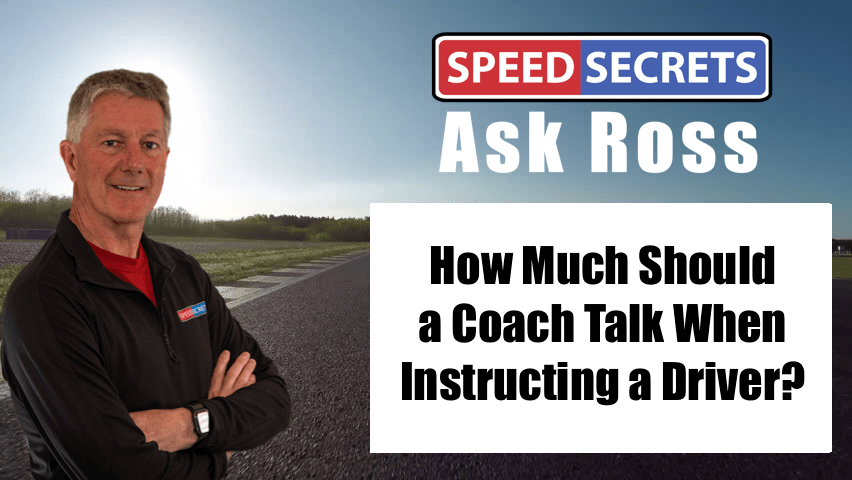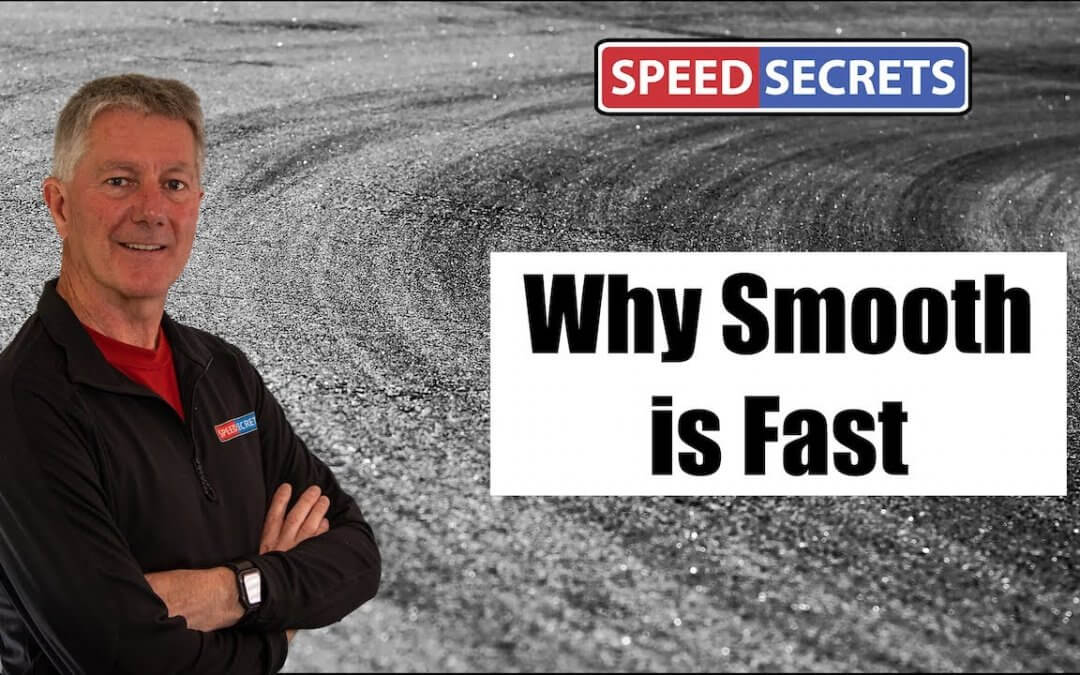Q: Is trail braking in a momentum car like a Spec Miata appropriate?
Q: “For momentum cars like Spec Miata, is trail braking still an effective method for improving overall braking and speed out of the corner?”
Q: “For momentum cars like Spec Miata, is trail braking still an effective method for improving overall braking and speed out of the corner?”
Q: “I compete in a very grassroots series, predominantly filled with 900kg 1.5L Korean hatchbacks running cheap but soft street tires. One thing I’ve noticed some of my competitors doing on entry to a second gear hairpin is they turn in really aggressively. So much so that the inside rear tire lifts momentarily. Do you think there is an advantage to doing this? My thought is that it unnecessarily loads the front tires on corner entry, but maybe it also generates a touch more heat for more bite? They don’t seem to be getting a better corner exit than I do, but my eyeballs aren’t the most accurate data gathering system.”

Q: “Is it a golden rule in coaching to prioritize quality and minimize advice for maximum impact? Or am I mistaken, and are there some very good coaches who talk a lot during sessions?”
Q: “During a race, should ‘point-bys’ be used to help with an overtake?”
Q: “I am having trouble with brake bias adjustment. During a stint, are you supposed to advance the bias toward the front or toward the rear?”

Q: “If you started braking lighter at the same place entering a corner, wouldn’t that suggest that you’re not quite at the limit under braking? And wouldn’t that make you slower because you don’t have the car at the limit?”